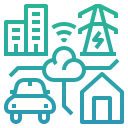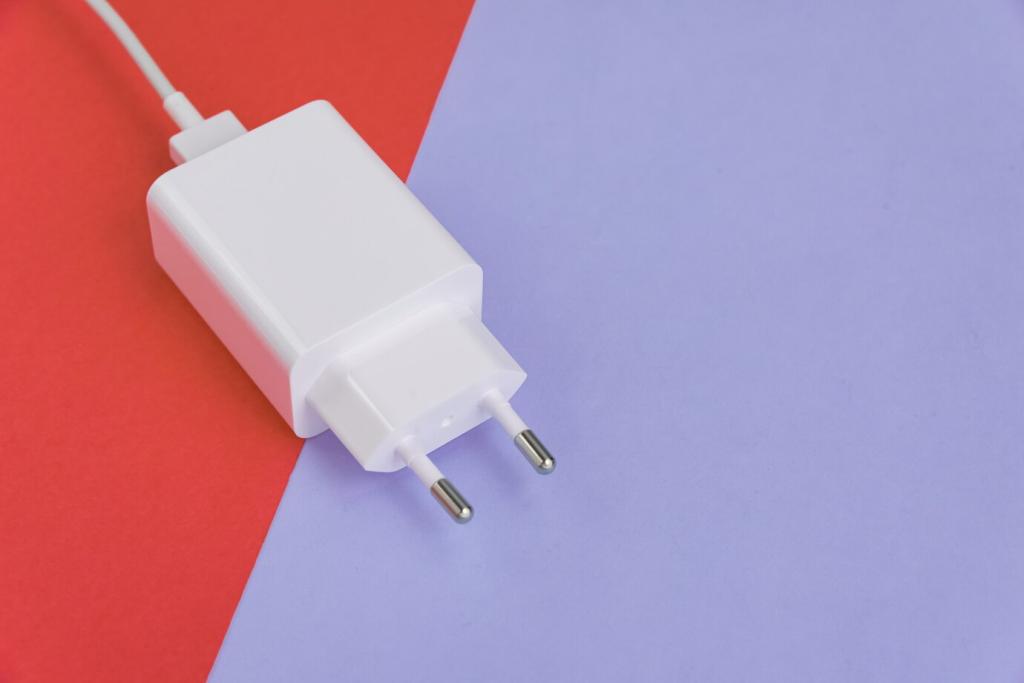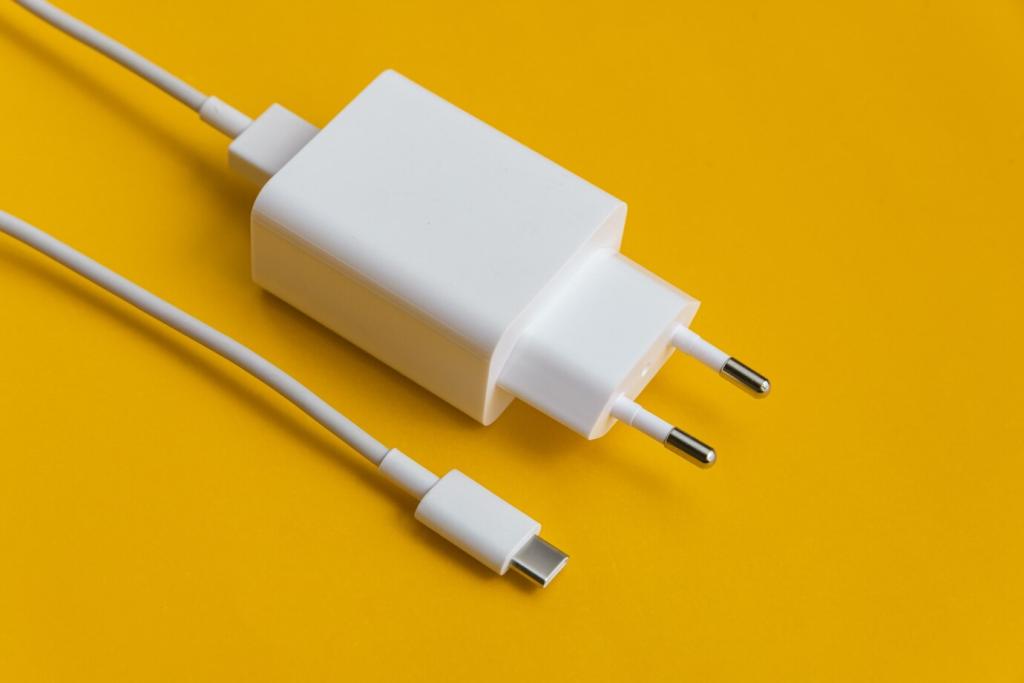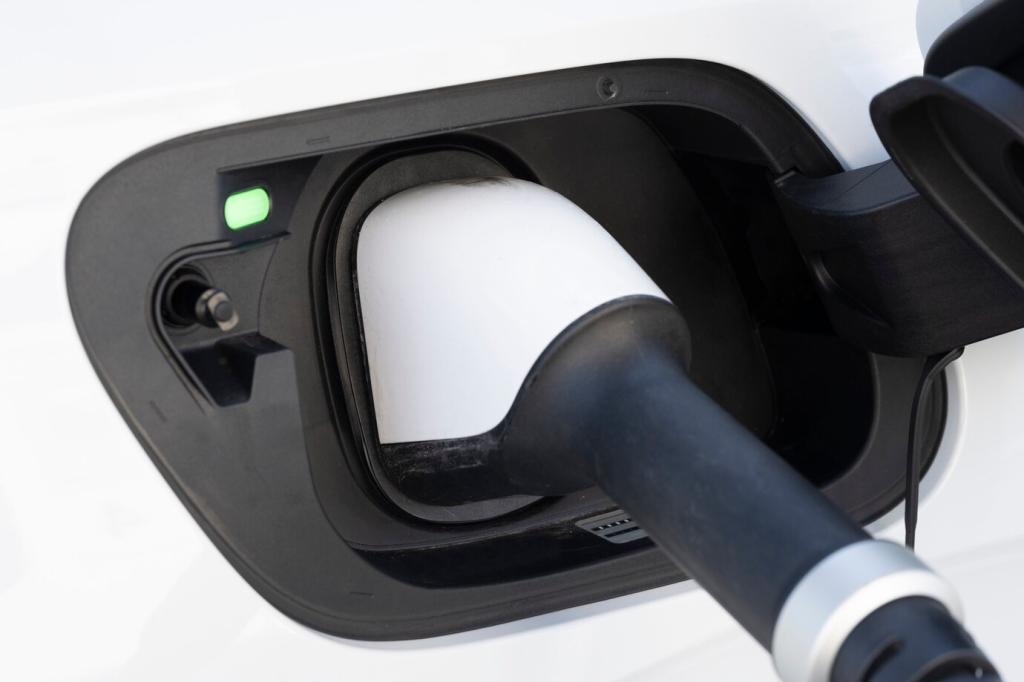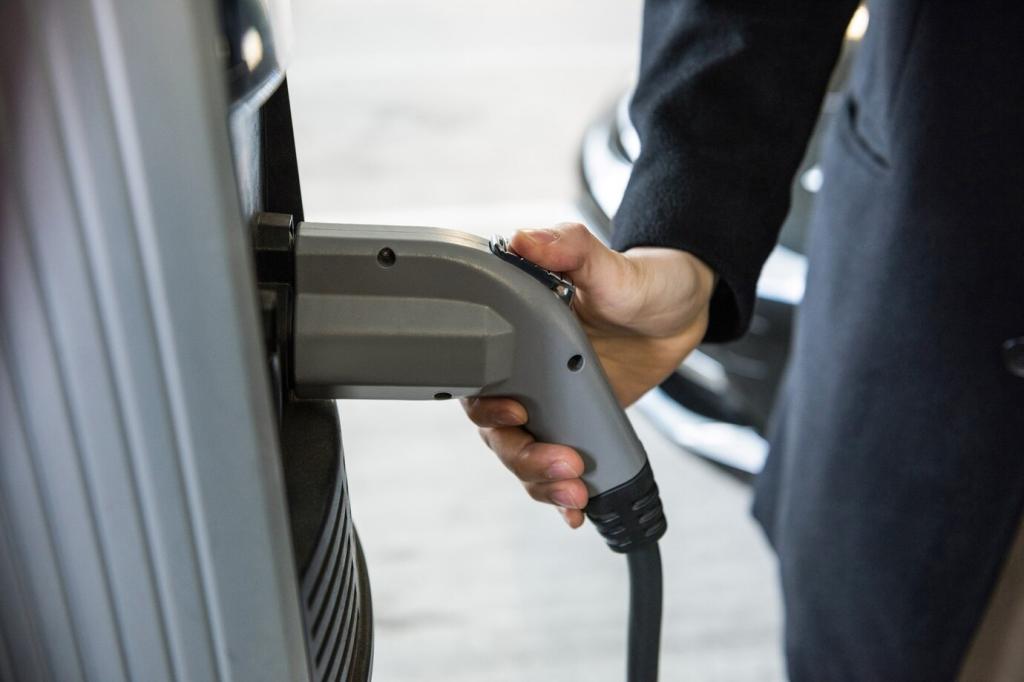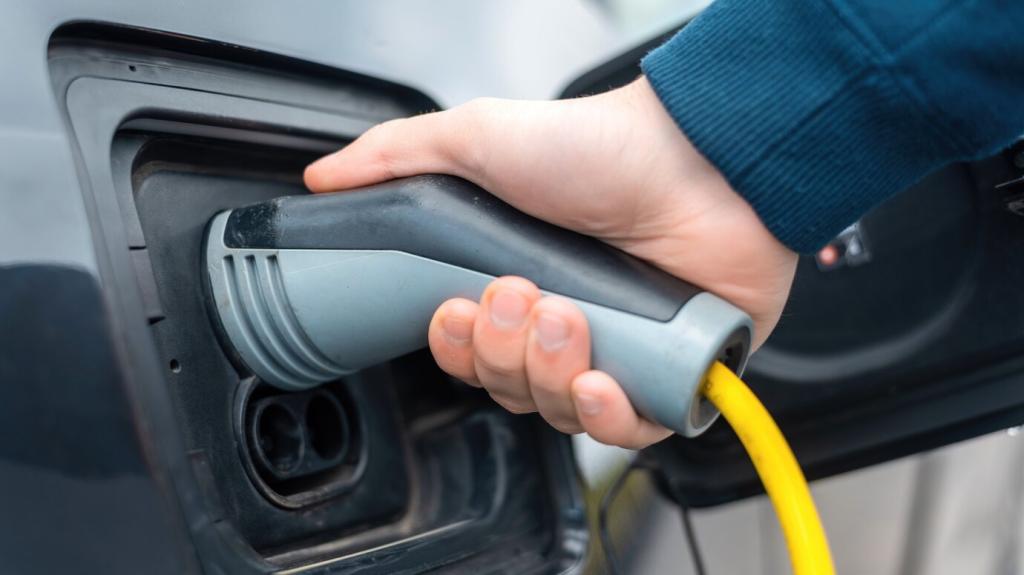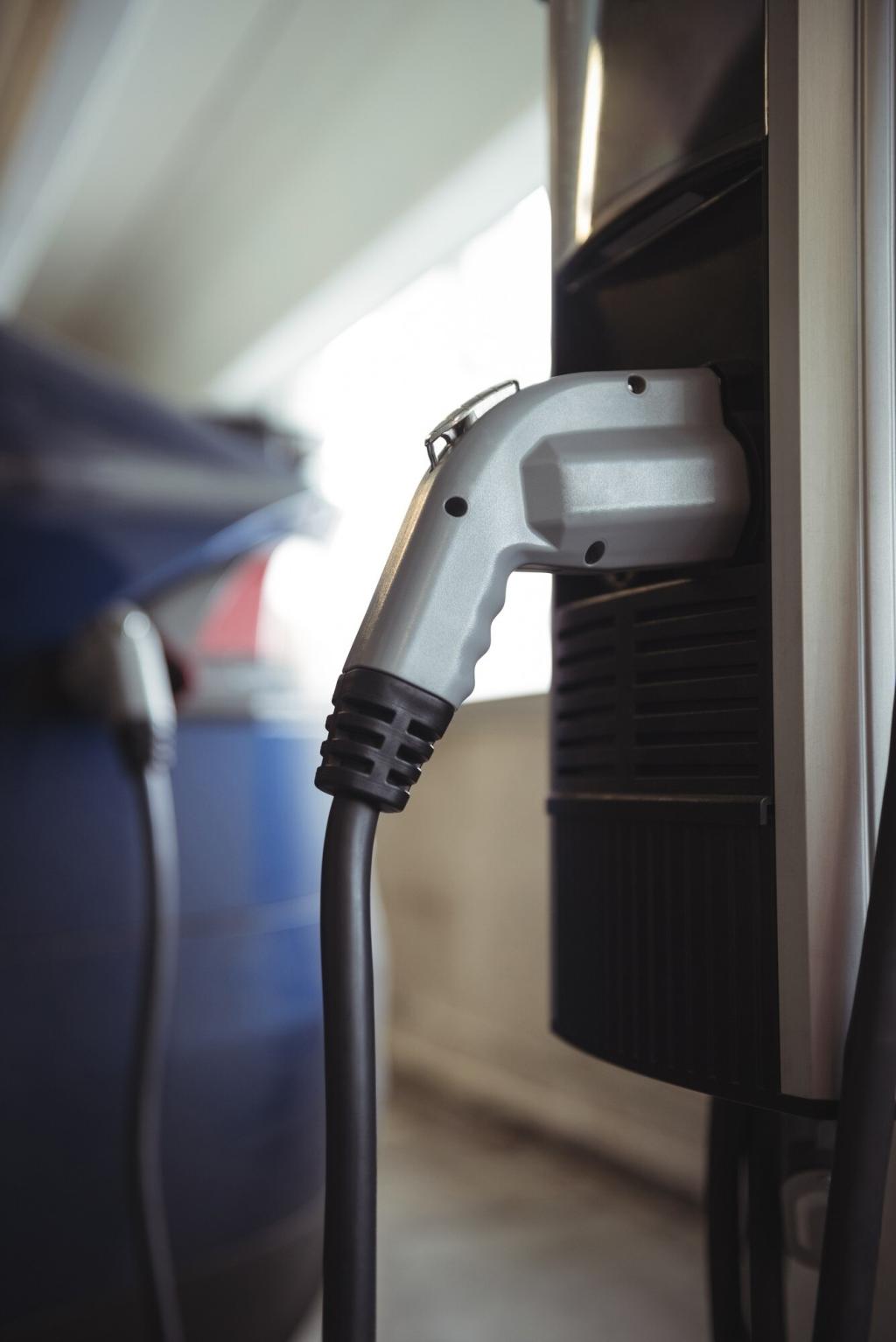Ultra-Fast and Megawatt Charging Arrives
Liquid-cooled cables, compact dispensers, and improved connectors are making ultra-fast charging safer and easier to handle. As 800V architectures spread, stations will deliver more energy in less time without overheating, reducing dwell times while maintaining reliability even during peak travel weekends.
Ultra-Fast and Megawatt Charging Arrives
The Megawatt Charging System targets trucks and buses that burn time on tight schedules. High-power dispensers, thicker conductors, and rigorous communication protocols support rapid turnarounds, enabling longer routes, fewer refueling stops, and smarter depot layouts that keep freight moving efficiently.
